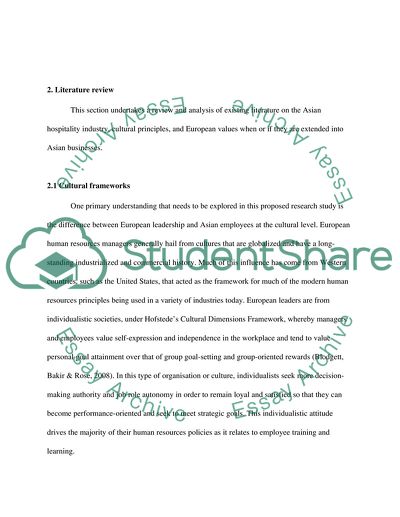Cite this document
(“Training on Local Employees in Asian Hospitality Industry Research Paper”, n.d.)
Training on Local Employees in Asian Hospitality Industry Research Paper. Retrieved from https://studentshare.org/tourism/1749653-evaluating-the-effectiveness-of-trainings-on-local-employees-in-asian-hospitality-industry-as-a-european-human-resource-manager
Training on Local Employees in Asian Hospitality Industry Research Paper. Retrieved from https://studentshare.org/tourism/1749653-evaluating-the-effectiveness-of-trainings-on-local-employees-in-asian-hospitality-industry-as-a-european-human-resource-manager
(Training on Local Employees in Asian Hospitality Industry Research Paper)
Training on Local Employees in Asian Hospitality Industry Research Paper. https://studentshare.org/tourism/1749653-evaluating-the-effectiveness-of-trainings-on-local-employees-in-asian-hospitality-industry-as-a-european-human-resource-manager.
Training on Local Employees in Asian Hospitality Industry Research Paper. https://studentshare.org/tourism/1749653-evaluating-the-effectiveness-of-trainings-on-local-employees-in-asian-hospitality-industry-as-a-european-human-resource-manager.
“Training on Local Employees in Asian Hospitality Industry Research Paper”, n.d. https://studentshare.org/tourism/1749653-evaluating-the-effectiveness-of-trainings-on-local-employees-in-asian-hospitality-industry-as-a-european-human-resource-manager.


